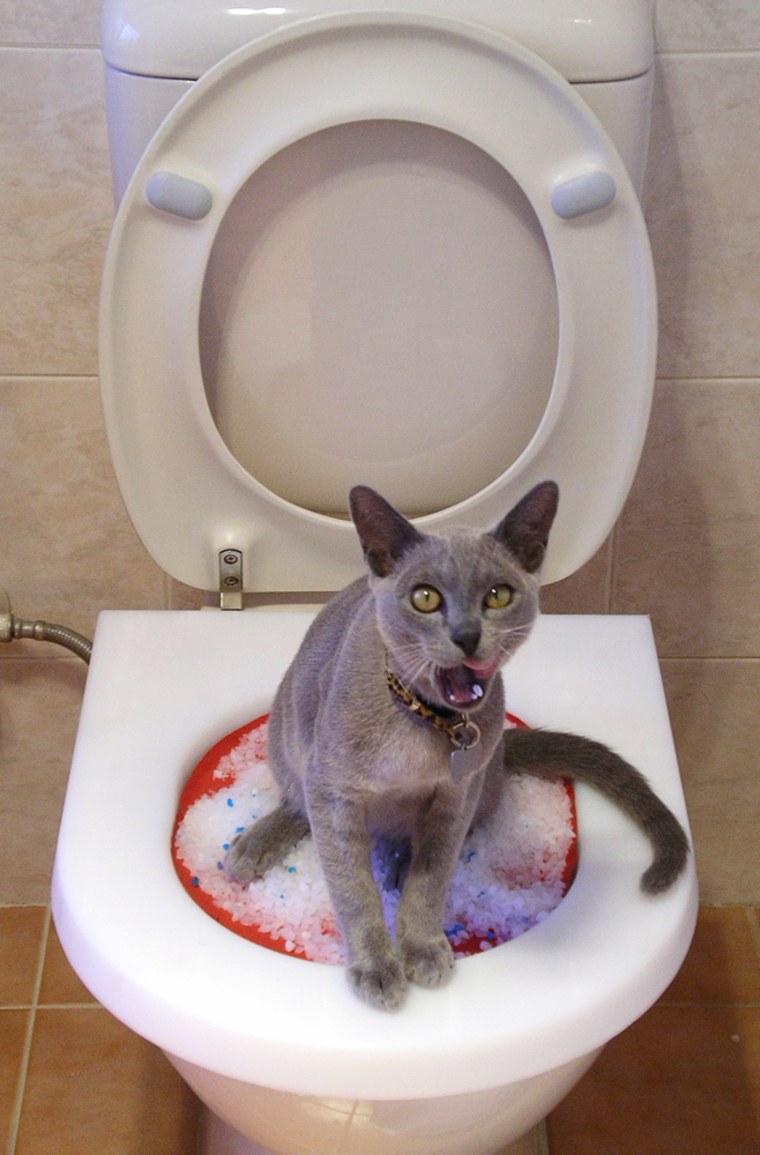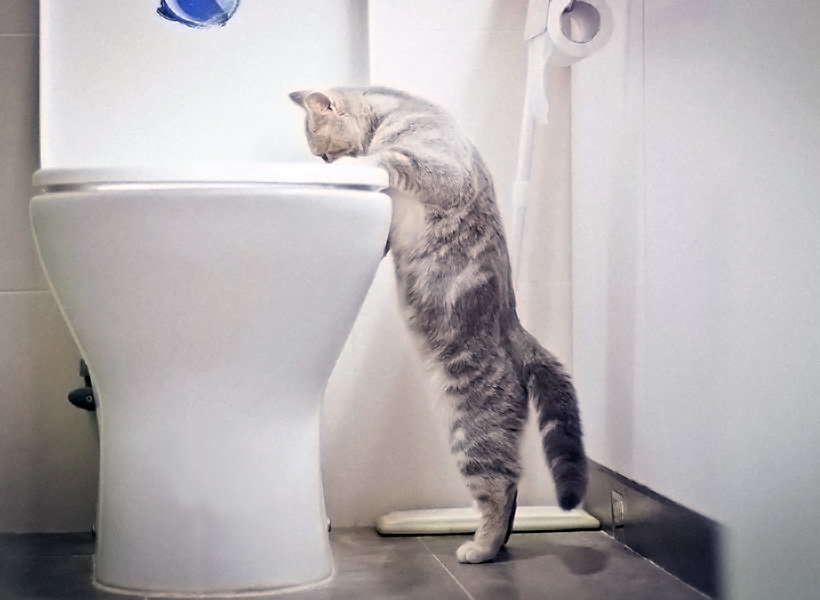Which Flushing Animal Waste Is Not Advisable
Which Flushing Animal Waste Is Not Advisable
Blog Article
The content down below in relation to Why you should never flush dog poop down the toilet is pretty much attention-grabbing. You should read it.

When it comes to disposing of waste, particularly animal waste, many individuals typically consider the practical choice of flushing it down the commode. However, this seemingly simple remedy can have serious consequences for the atmosphere and public health. In this post, we'll explore why flushing animal waste down the bathroom is a poor idea and offer alternate techniques for appropriate disposal.
Introduction
Appropriate waste disposal is essential for preserving ecological sustainability and public health. While it might seem harmless to flush animal waste down the commode, it can bring about numerous problems, both for the environment and human wellness.
Dangers of flushing animal waste
Ecological effect
Purging pet waste introduces harmful microorganisms and microorganisms right into rivers, which can negatively influence aquatic environments. These virus can contaminate water sources and injury aquatic life, interfering with delicate communities.
Public health worries
Animal waste has hazardous bacteria such as E. coli and Salmonella, which can posture severe wellness risks to human beings. Purging animal waste down the commode can pollute water materials, resulting in the spread of conditions and infections.
Alternatives to flushing
As opposed to purging pet waste down the commode, there are a number of alternative disposal techniques that are much more environmentally friendly and hygienic.
Composting
Composting pet waste is an eco-friendly means to dispose of it. By composting, raw material is broken down into nutrient-rich dirt, which can be used to feed gardens and plants.
Landfill disposal
Disposing of pet waste in a landfill is an additional option. While not as eco-friendly as composting, it is a safer option to flushing, as it prevents the contamination of water resources.
Animal garbage disposal systems
There are specialized family pet garbage disposal systems available that safely and hygienically take care of animal waste. These systems typically make use of enzymes to break down waste and get rid of odors.
Actions to correct pet garbage disposal
To ensure proper disposal of animal waste, comply with these steps:
Scooping and getting waste
Routinely scoop and bag animal waste using naturally degradable bags. This avoids waste from polluting the atmosphere.
Using designated waste bins
Dispose of bagged pet waste in marked waste containers, such as compost bins or land fill containers. Prevent flushing it down the bathroom whatsoever costs.
Cleansing can and animal areas more info regularly
Consistently tidy can and pet locations to avoid the buildup of waste and microorganisms. Use pet-safe cleansing products to keep health.
Advantages of correct disposal approaches
Embracing appropriate disposal techniques for pet waste uses several benefits:
Reduced environmental pollution
Proper disposal methods minimize the risk of environmental pollution, securing rivers and communities from contamination
Decreased threat of water contamination.
By avoiding flushing animal waste down the toilet, the risk of water contamination is substantially lowered, safeguarding public health.
Improved sanitation and hygiene
Proper disposal methods promote far better hygiene and health, producing a safer setting for both human beings and pets.
Final thought
In conclusion, flushing pet waste down the bathroom is dangerous to the atmosphere and public health. By adopting alternate disposal methods and adhering to appropriate waste management techniques, we can reduce the negative influence of animal waste and add to a cleaner, healthier earth.
What To Do With Dog Poo – The Do's And Don'ts Of Disposing Of Faeces
Dog poo bins
Some councils provide dedicated dog waste bins in popular dog-walking areas that can take dog poo that has been bagged but you can legally dispose of dog waste in any public litter bin, as long as it is securely bagged. This also applies to your wheelie bin at home.
Do not flush
Water companies do not recommend flushing dog faeces down the toilet because certain parasites can survive the water processing treatment and are potentially harmful to humans. You should also never consider flushing dog poo that has been bagged down the toilet as the bags will not break down and instead create severe blockages in the sewage system.
In the woods
The Forestry Commission promotes a ‘stick and flick’ method for dealing with waste in the woods. This means finding a stick and using it to flick any poo from off the path so that it is out of the way of other walkers. You could also bury it as long as it is not in an area where there might be livestock.
Livestock
Parasites found in dog poo can be transmitted to livestock if they inadvertently eat infected faeces that has been left on grazing land. This could result in the death of sheep or abortion in cattle so you should always make sure you pick up your dog’s waste in fields where livestock could be present.

Consistently tidy can and pet locations to avoid the buildup of waste and microorganisms. Use pet-safe cleansing products to keep health.
Advantages of correct disposal approaches
Embracing appropriate disposal techniques for pet waste uses several benefits:
Reduced environmental pollution
Proper disposal methods minimize the risk of environmental pollution, securing rivers and communities from contamination
Decreased threat of water contamination.
By avoiding flushing animal waste down the toilet, the risk of water contamination is substantially lowered, safeguarding public health.
Improved sanitation and hygiene
Proper disposal methods promote far better hygiene and health, producing a safer setting for both human beings and pets.
Final thought
In conclusion, flushing pet waste down the bathroom is dangerous to the atmosphere and public health. By adopting alternate disposal methods and adhering to appropriate waste management techniques, we can reduce the negative influence of animal waste and add to a cleaner, healthier earth.
What To Do With Dog Poo – The Do's And Don'ts Of Disposing Of Faeces
Dog poo bins
Some councils provide dedicated dog waste bins in popular dog-walking areas that can take dog poo that has been bagged but you can legally dispose of dog waste in any public litter bin, as long as it is securely bagged. This also applies to your wheelie bin at home.
Do not flush
Water companies do not recommend flushing dog faeces down the toilet because certain parasites can survive the water processing treatment and are potentially harmful to humans. You should also never consider flushing dog poo that has been bagged down the toilet as the bags will not break down and instead create severe blockages in the sewage system.
In the woods
The Forestry Commission promotes a ‘stick and flick’ method for dealing with waste in the woods. This means finding a stick and using it to flick any poo from off the path so that it is out of the way of other walkers. You could also bury it as long as it is not in an area where there might be livestock.
Livestock
Parasites found in dog poo can be transmitted to livestock if they inadvertently eat infected faeces that has been left on grazing land. This could result in the death of sheep or abortion in cattle so you should always make sure you pick up your dog’s waste in fields where livestock could be present.

I'm very excited about Why you should never flush dog poop down the toilet and I am praying you appreciated the blog post. Enjoyed reading our post? Please share it. Help others find it. Thanks a lot for your time. Kindly pay a visit to our blog back soon.
Book Report this page